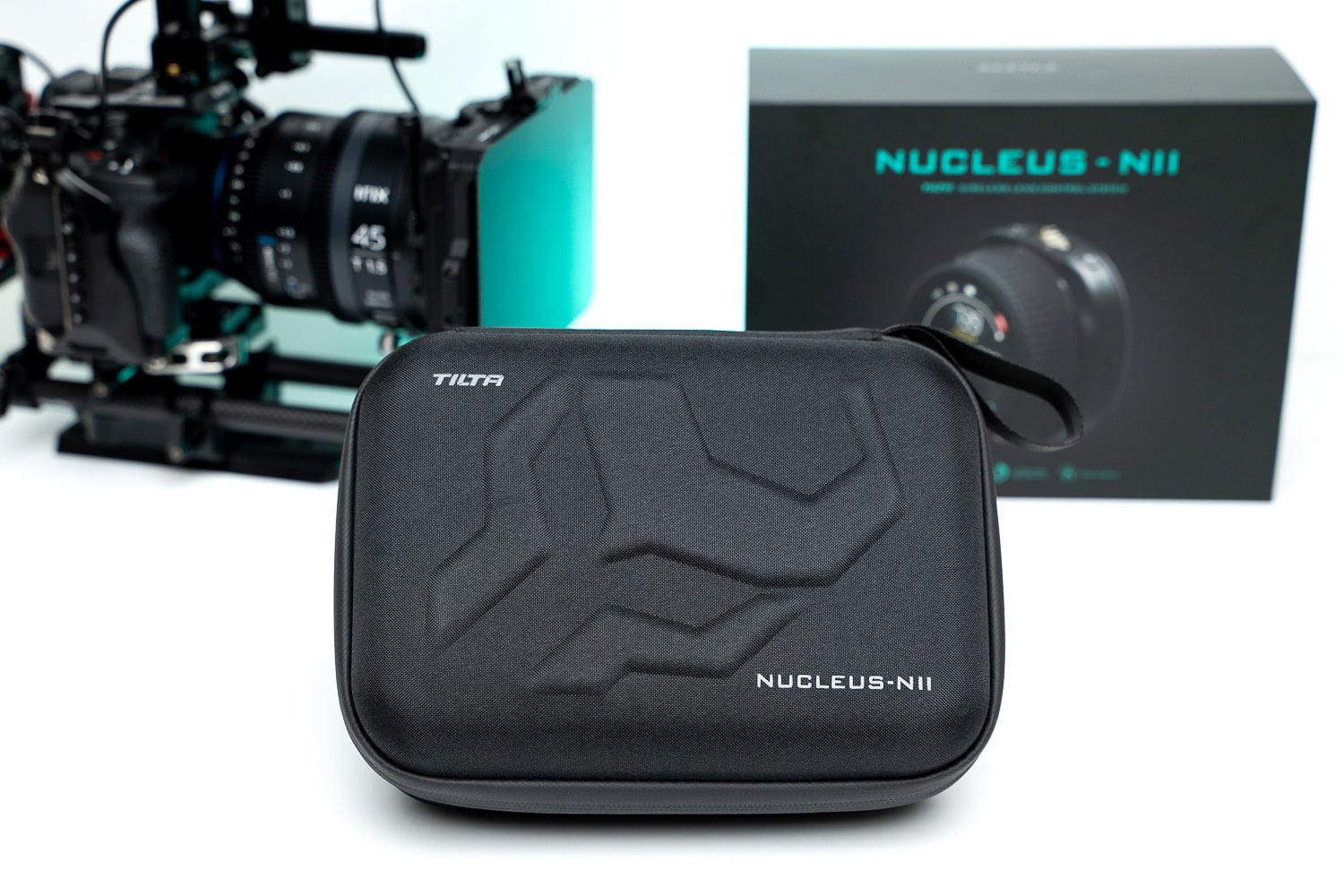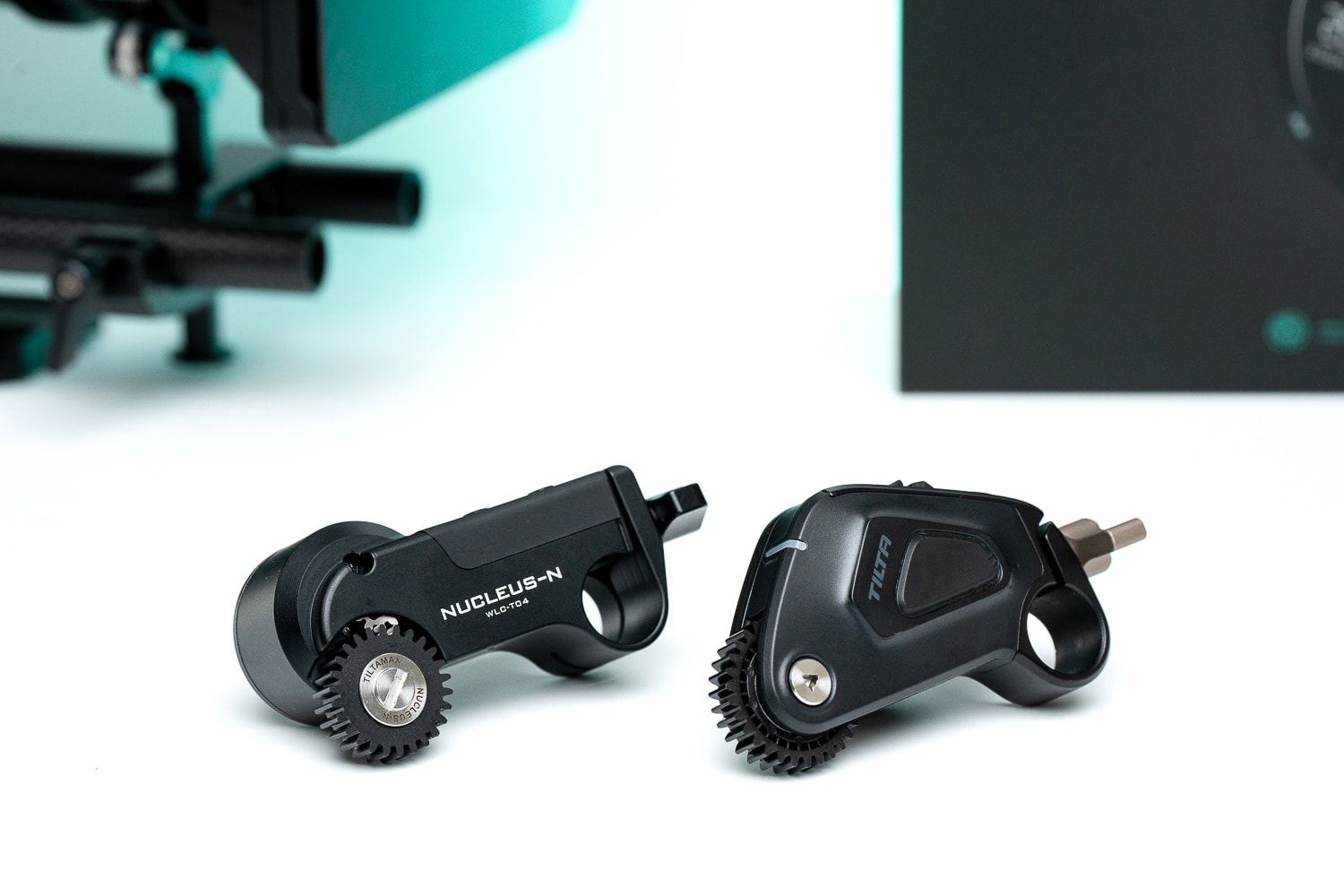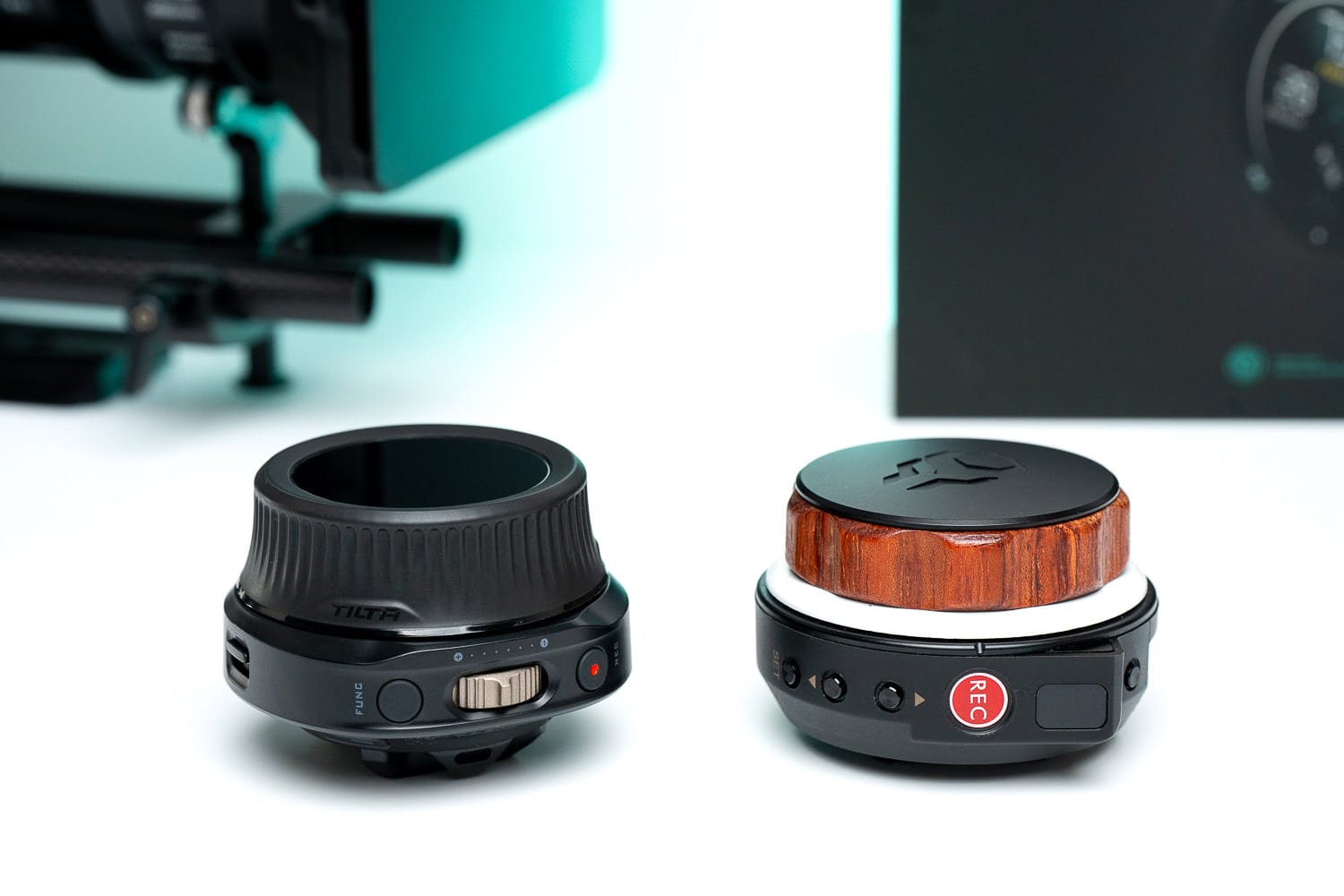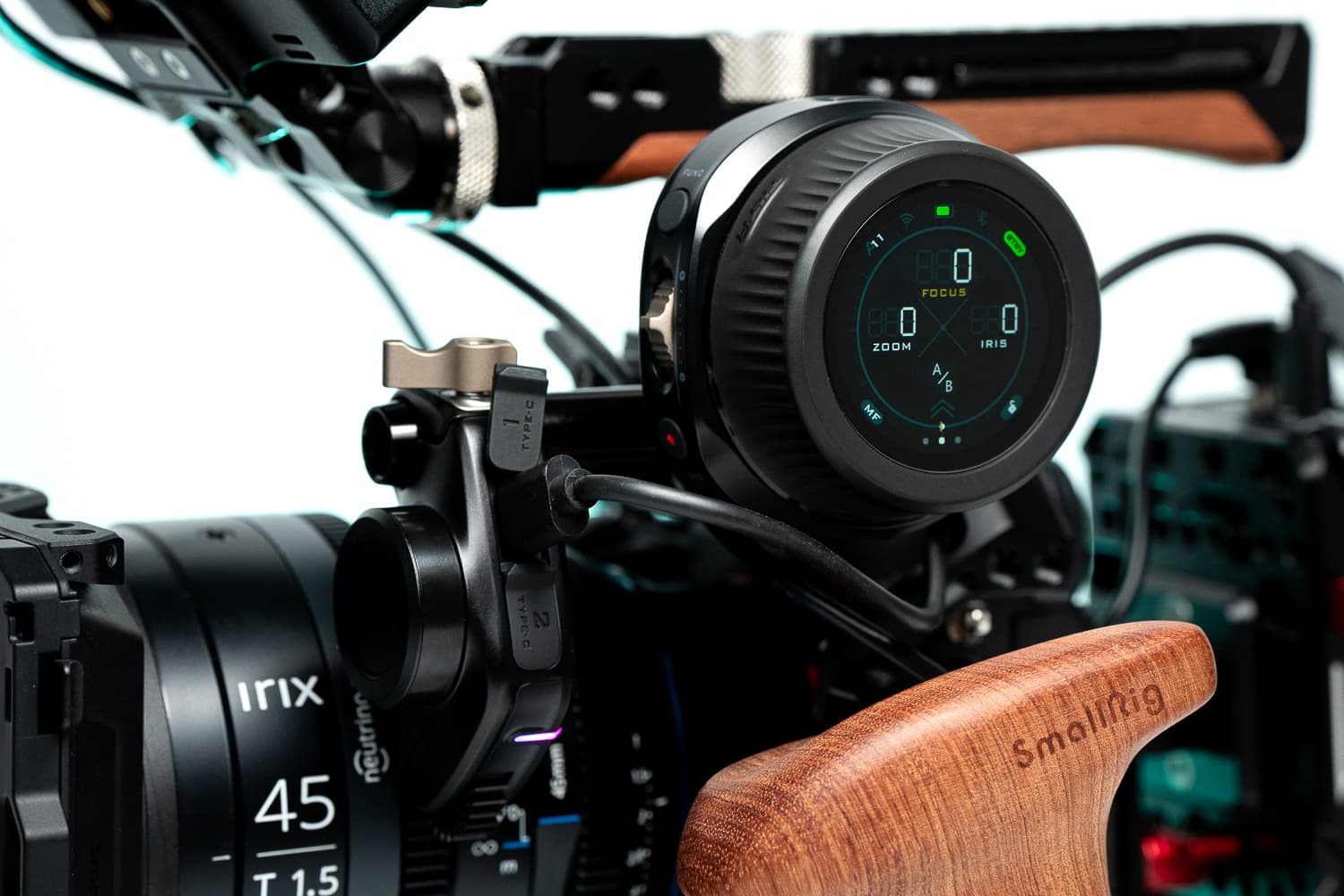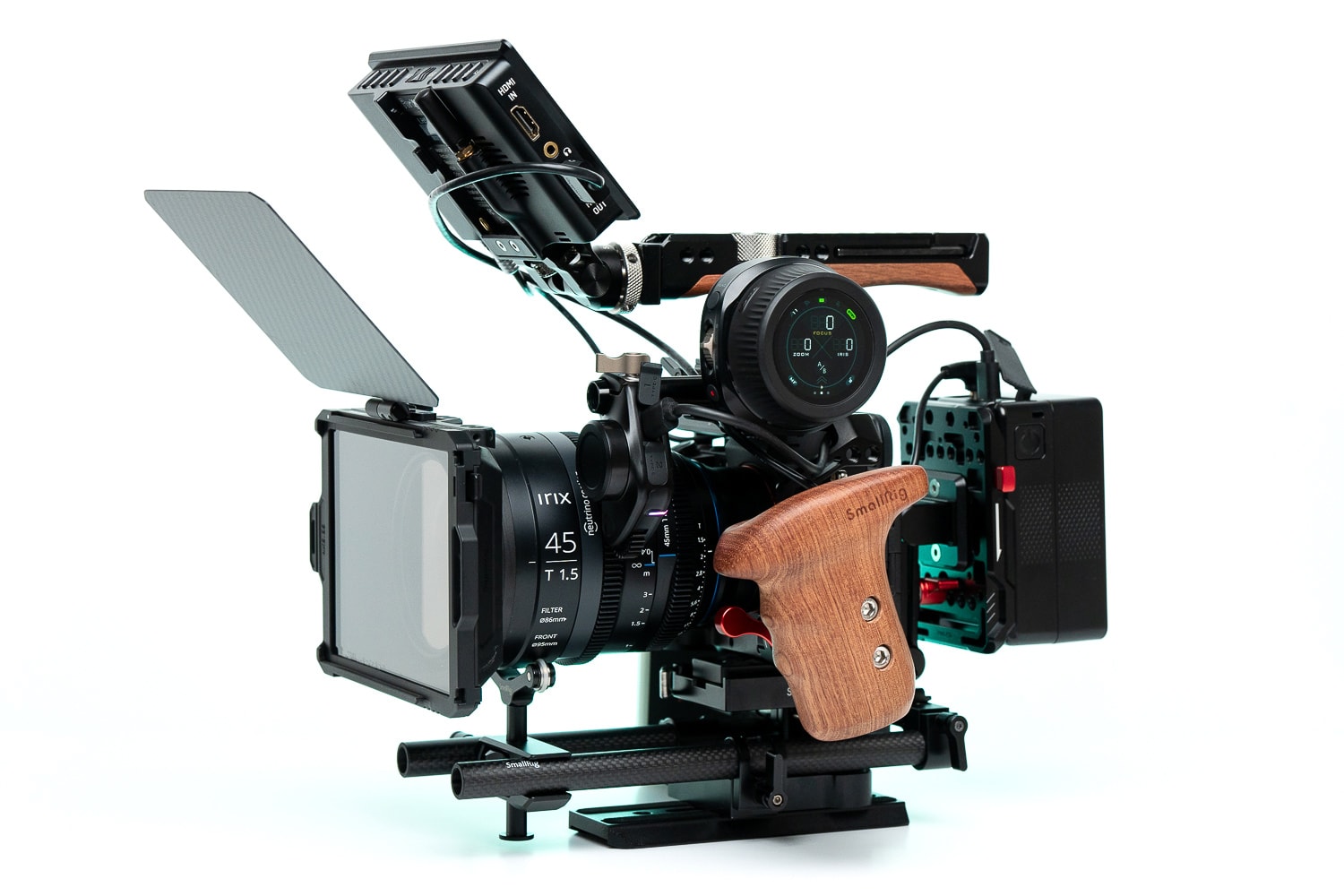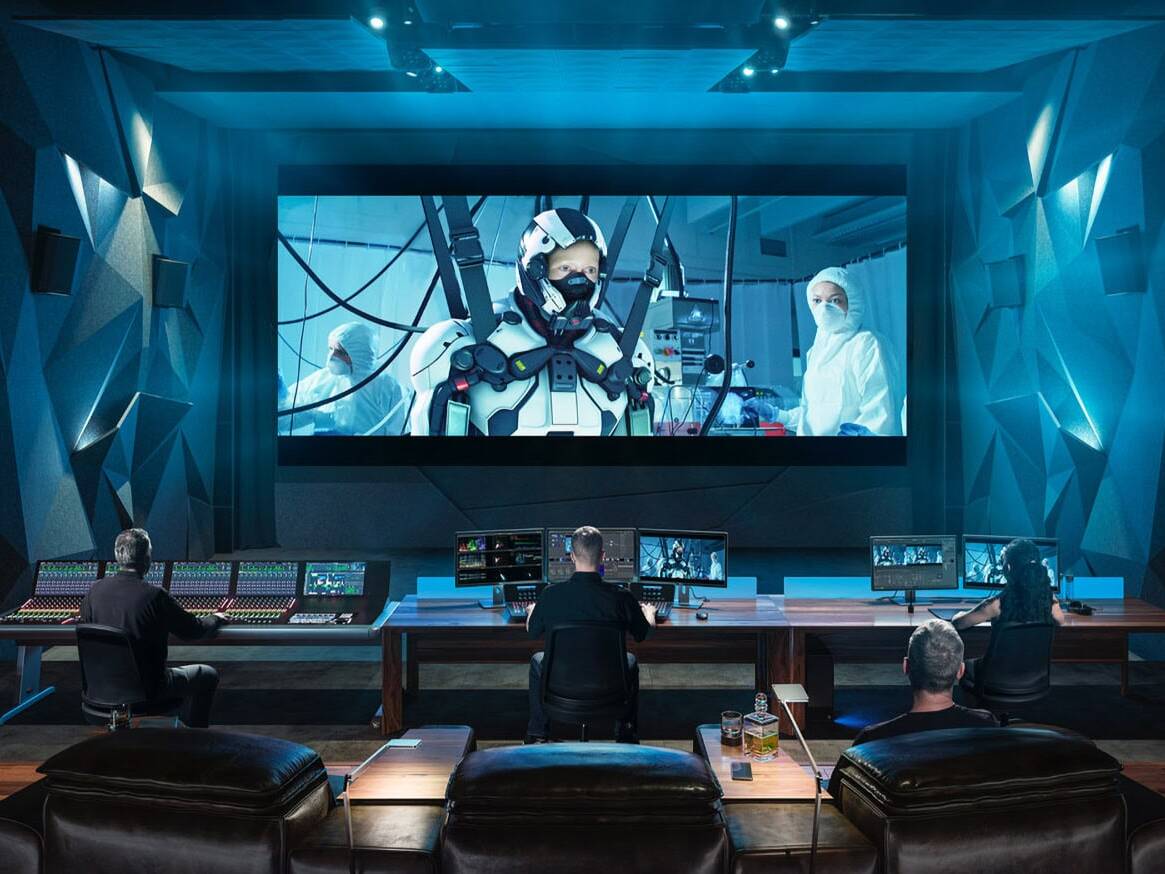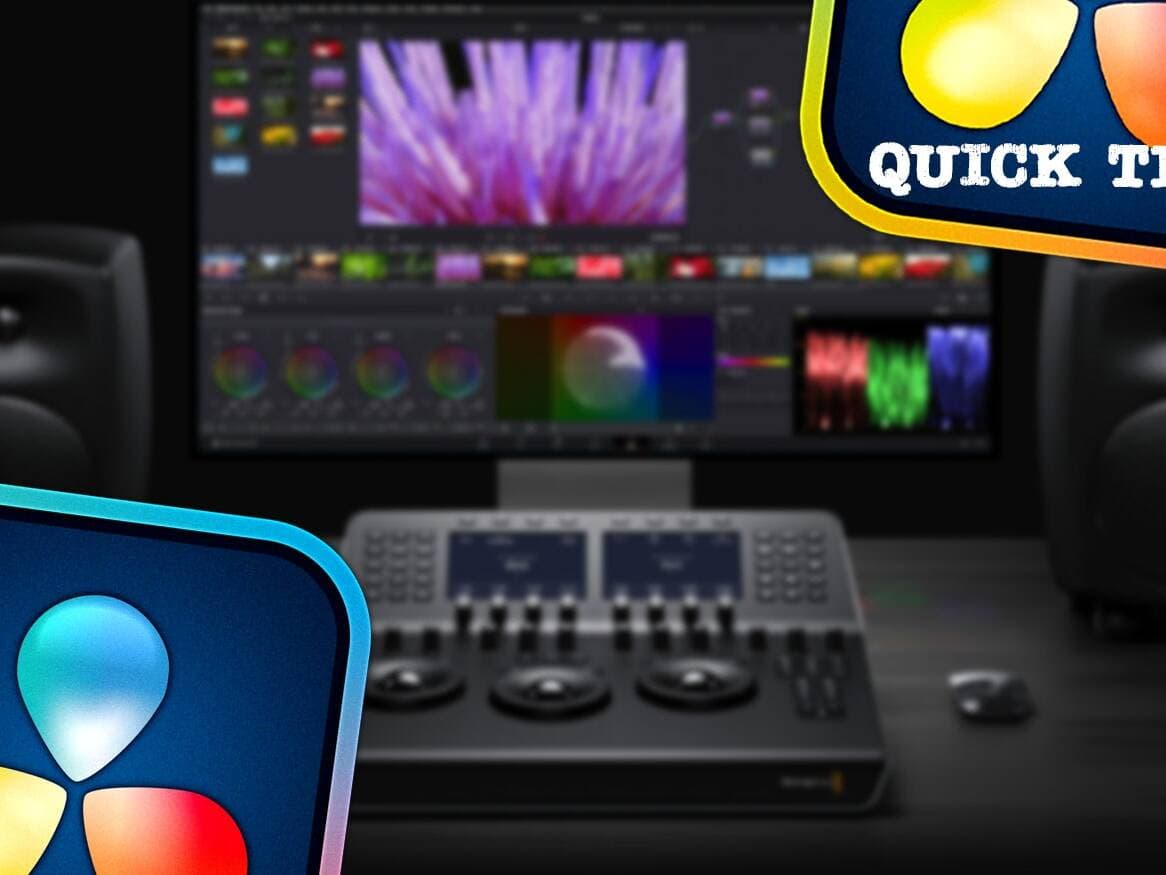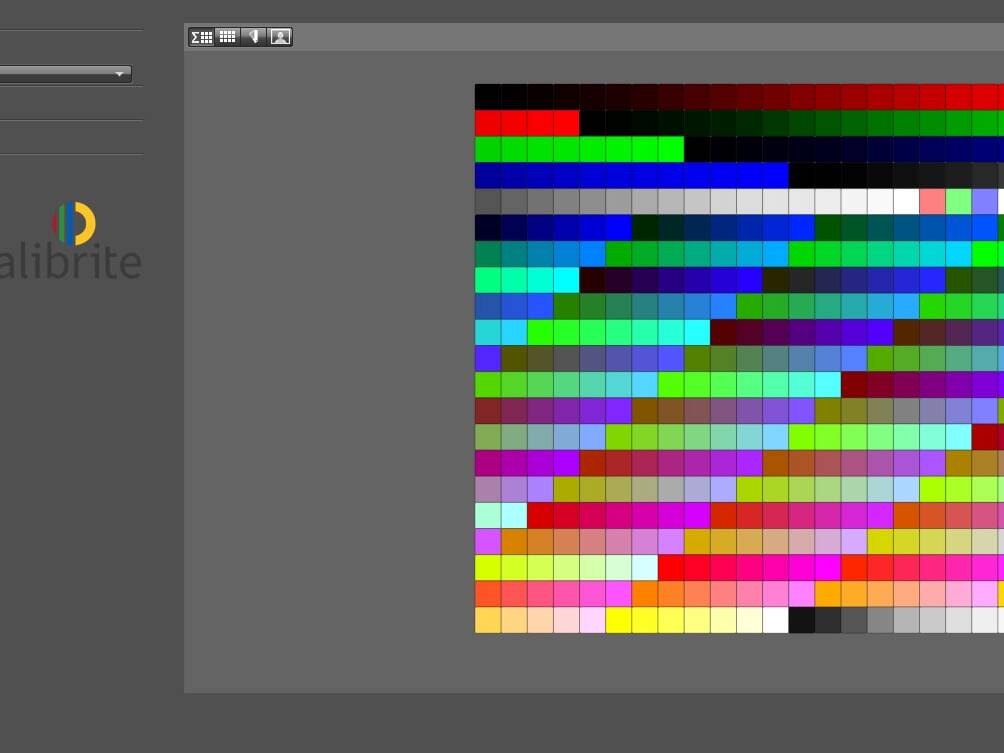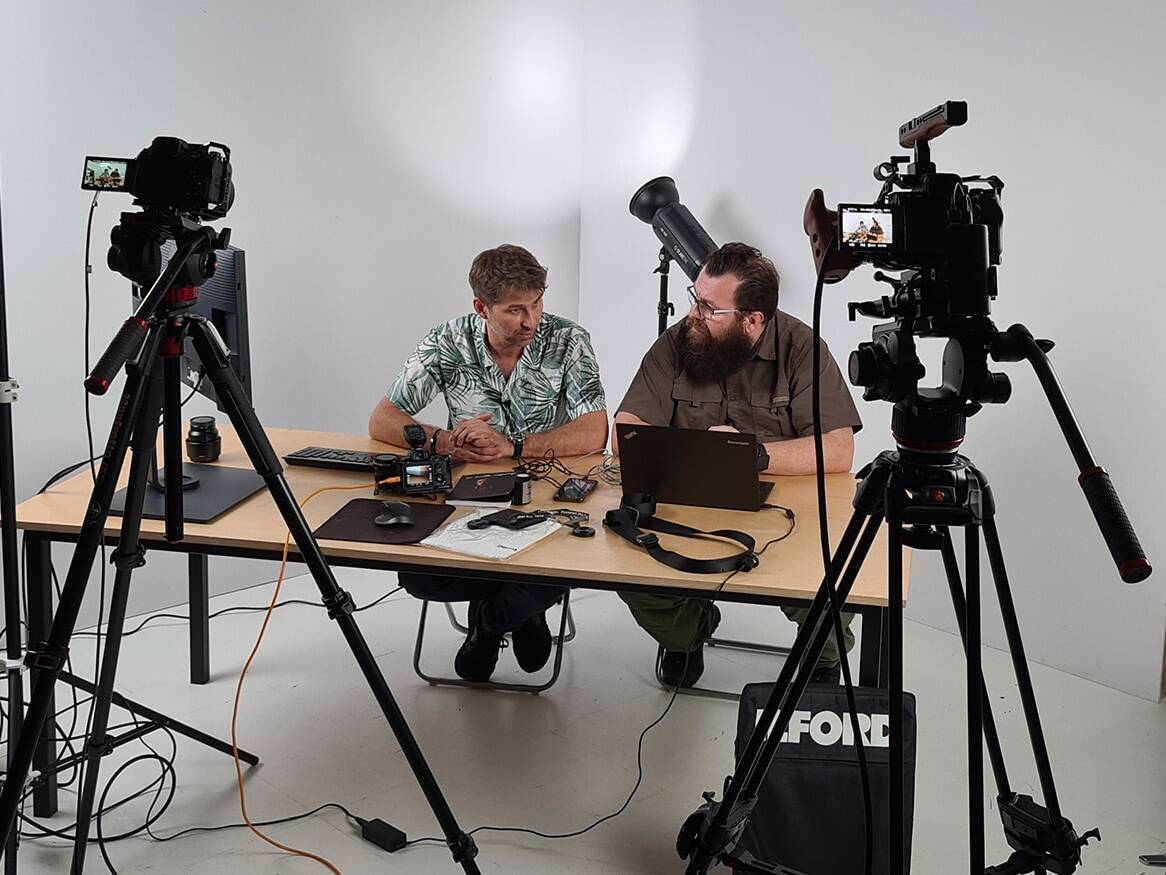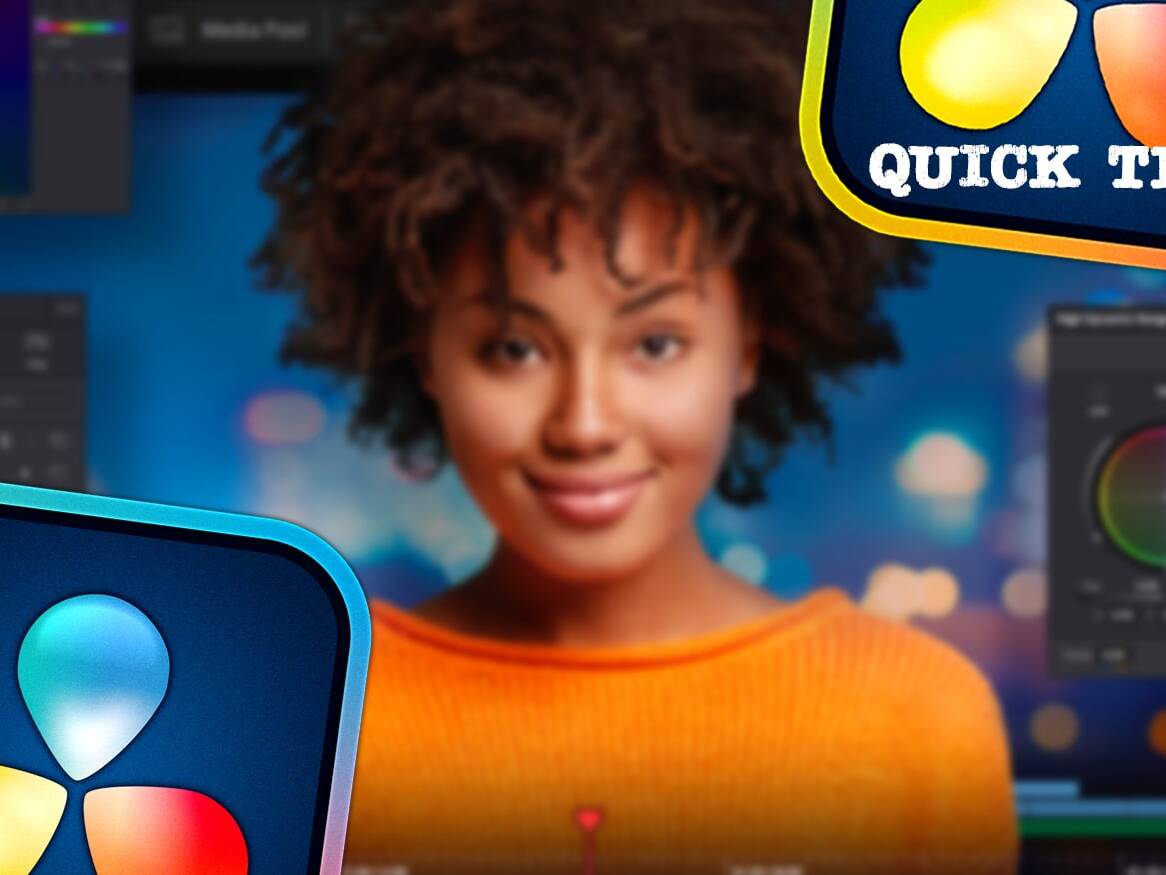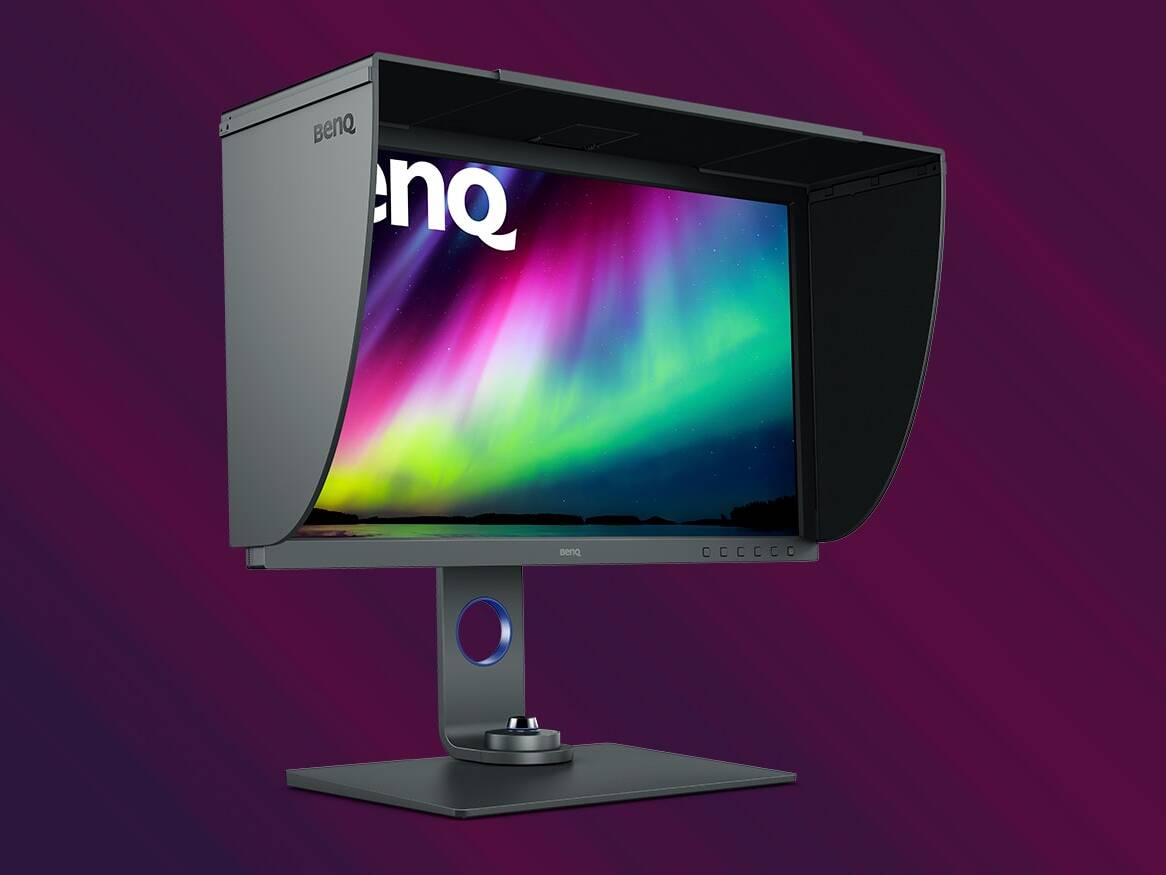When Tilta presented the Nucleus Nano wireless follow focus set in 2018 as a more affordable alternative to the larger Nucleus M, it immediately gained popularity among creators who valued using manual film lenses while having a slightly smaller budget. Both the knob and the drive, thanks to their compact structure, could be used directly on the camera or gimbal, or classically together with the preview monitor when the focus puller was operating. In turn, the torque of the drive was nominally sufficient for use with most lenses. However, no products are perfect and Nucleus Nano also had its problems. Is the answer to them Nucleus Nano II, a model presented in spring this year, which is now also going on sale in Poland? It so happens that the original Nano has been used on Kaktus.studio sets for the last two years, while the new one has only been used for two weeks, but after such a short time one can be tempted to answer that it not only solves the problems of its predecessor, but also brings new quality! First things first.
BUILD QUALITY AND DESIGN
After removing the product from the protective case, the first impressions are very positive; both the drive and the knob seem to be well-made, solid and elegant. The drive, perhaps slightly smaller than the previous one, above all, no longer has an LED display, but has a physical button, a small lamp indicating the function and a knob allowing the gear to be rotated (0.8 m). And what is very important, instead of the problematic Micro USB port, it has two USB-C ports.
However, much bigger differences concern the knob. Although the new model has similar physical dimensions, it has black elements instead of wood, does not have a small white rim to mark markers and, above all, has a large touch screen from which you can control various functions of the device. The replaceable battery, which is now built-in, has also been abandoned. Additionally, there is a USB-C port on the knob, two, or actually three, physical buttons, and the back mount uses the popular NATO rail solution.
Additionally, the case includes a 15 mm shaft with a cage mount, a short USB-C – USB-C cable and an adjustable strap with teeth for attaching to photographic lenses.
NEW DRIVE
The problems I experienced when using the first version of Nano were primarily related to its power supply. Well, the Micro USB port was probably not the luckiest solution, for some reason the voltage that was eventually achieved was often only 5V, and I tried different cables and power banks. Only the purchased (and not cheap) Tilty cable and connection to the V-Lock battery allowed for higher values and, therefore, higher engine torque. However, I saw on the forum that some users still complained about working with lenses whose rims rotate with greater than usual resistance. Meanwhile, the new drive, according to the manufacturer, offers as much as five times more torque. It’s hard to check it objectively, but now you can even adjust the level of this “power” in the menu available on the knob, and I can say that even at the lowest level the engine works perfectly with Irix Cine lenses. Using the included USB-C – USB-C cable, higher voltage can be easily obtained from power banks or V-Lock batteries. The drive is even equipped with two USB-C ports, one of which can transmit voltage to a possible next drive.
Other users of the first Nano also indicated that after prolonged use, the brightness of the display decreased, making it impossible to read it and thus to set the appropriate communication channel. In Nano II, there is no display and the communication channel is selected via the dial menu. There is a light on the engine that indicates various functions, including: four operating modes: purple – focus, blue – zoom, green – aperture and yellow – other, a function probably intended to support the variable filters of the Tilta Mirage matte box.
Another problem, honestly I don’t know if it resulted from the operation of the drive or the knob, was the fact that both elements could not be located right next to each other, because then the set simply stopped working. This was frustrating, especially when shooting manually, when the knob mounted on the camera could necessarily be close to the engine. This problem no longer occurs in the new Nano II.
Finally, it is worth mentioning that there is a knob on the engine that allows you to move the gear, which makes it easier to adjust during installation, and a button that activates the pairing function with the knob, changes the operating mode or is ready to update the software.
NEW FOCUS WHEEL (KNOB)
It’s hard to say that the focus wheel of the previous Nucles Nano caused any specific problems, but most users will probably agree that the choice of a rather unusual battery for power supply and its charging were not among the advantages of the device. You can also complain about the rather narrow white rim for marking markers, or the unusual mounting that requires a special adapter… What does the Nucleus Nano II focus wheel offer? It turns out that in this case it is not even entirely precise, because it can control even two selected functions, e.g. focus and aperture (of course, with two motors)! Here are its most important features:
- built-in battery that allows operation for 20 hours (according to the manufacturer, in my opinion it’s more like 9-10 hours), with the possibility of quick charging via the USB-C port,
bright touch screen with access to many device functions (more on this later), - function button, which, among others, starts lens calibration or adds a marker,
- function button to start and stop recording,
- a button that turns on/off the physical knob adjustment limits,
- movable button allowing you to control the second drive,
- mounting to the NATO rail on the back of the knob.
The new Nucleus Nano allows you to forget about unusual batteries and their charger, fully charging the internal battery allows you to use Nucleus practically throughout the entire shooting day. Additionally, the touch screen indicates the charge level, and thanks to the PD Fast Charging function, it can be instantly refilled during a break.
The touch menu provides a whole host of functions that were not available before, including the previously mentioned engine torque adjustment. It’s hard to mention all of them here, I haven’t tested all of them, not all of them seem to work anymore and this will probably change with the next software updates, but it is definitely worth emphasizing the following:
- possibility of marking with “electronic” markers; when crossing a given marker and changing the position of the knob, a vibration is felt (also with adjustable strength), which makes sharpening much easier for operators working alone,
- possibility of marking the range with hard limits, which in the case of some lenses allows for more smooth changes, e.g. focus,
- ability to change the direction of the knob,
- possibility of, among others: start/stop recording and change aperture, ISO and shutter for selected camera/camcorder models,
- ability to remember calibration parameters for specific lenses,
- ability to change display rotation, brightness and dimming time.
COMPATIBILITY
Another advantage of the new Nucleus Nano is its compatibility; According to the manufacturer, the set works with Nucleus Nano N (I tested and confirm), Nucleus Nano M, as well as with DJI RS2 and RS3, and with selected models of cameras and camcorders (list updated on the Tilta website). Additionally, another compatible product will soon be available – a special handle that allows you to attach the knob and control up to 4 drives in total.
SUMMARY
Starting from the end, i.e. from the price; At the moment, the purchase of Nucleus Nano II, the availability of which in stores is increasing, costs PLN 1,600, which is very comparable to the previous version. Taking this into account, and the fact that the new version not only solved the problems of the previous one, but also offered much more, it seems to me that this product is definitely worth recommending! Who? I think it’s mainly for those who just want to enter the world of film lenses and sharpen them manually. But even if you already have the first version, the functionality of Nano 2 and the possibility of using the previous drive as a second one is very tempting.
Zobacz również:
18/04/2024
19 new features in DaVinci Resolve 19
Learn about the selected 19 best new features in DaVinci Resolve 19!
04/01/2024
DaVinci Resolve quick tips #4
It's time for another post with DaVinci Resolve tips, including how to easily remove unused clips…
23/06/2023
Calibrite ColorChecker Passport Video
Check out why the Calibrite ColorChecker (Passport) Video color guide is an indispensable tool on…
10/02/2023
DaVinci Resolve quick tips #3
Version 18.1 of DaVinci Resolve was released, version for iPad, so I envite you for the third…
25/08/2022
DaVinci Resolve quick tips #2
As it's been some time since the first entry with DaVinci Resolve tips, it's high time to publish…
15/07/2022
Software calibration of any monitor
Almost any display or monitor can be calibrated (profiled), in addition having a calibrator…
06/06/2022
Live streams production
Attention; please be quite on set, we are going on the air! Have you ever been thinking, how can…
25/04/2022
What do I owe to photography
In this blogpost I share my thoughts about what I owe to photography as a filmmaker, and why the…
28/12/2021
DaVinci Resolve quick tips #1
I started a series of so-called "quick tips" about DaVinci Resolve. Hope you find them interesting,…
14/09/2021
BenQ SW271C monitor review
I use BenQ SW271 monitor on a daily basis, but now I had an opportunity to test its successor -…

